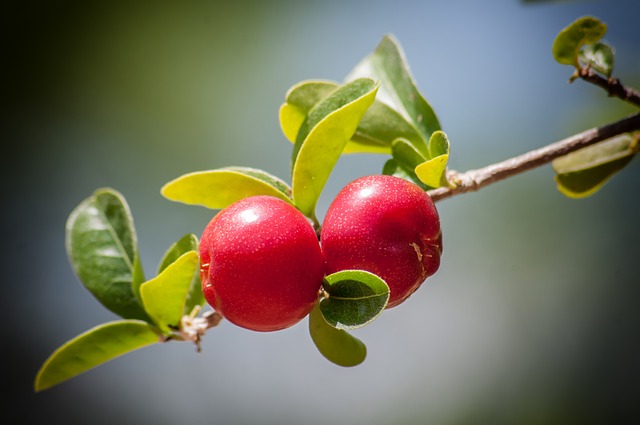Air-layering is one of those plant propagation methods that separates beginning gardeners from hardcore gardeners.
Most of us have started seeds or planted cuttings. And dividing a clump of lilies? Sure, no problem.
But when you get into propagation techniques such as grafting and air-layering, suddenly it’s SCARY!
Grafting isn’t tough, as you can see in this video demonstration, but air-layering is even easier.
Yeah, it looks like a job for a surgeon and it does take a few tools, but you can do it. Anyone can do it. Unless you faint at the sight of sap.
Here’s a video I filmed demonstrating air-layers on two different fruit trees, along with the results six months later:
I love this technique. All you do is pick a smaller branch, then slit the bark around its circumference in 2 spots about an inch apart. Then you tear off the bark and cambium. Just take off everything right down to the wood. A pair of pliers works well for this, though in the video I used my son’s pair of vice-grips since I lost my pliers.
Now dust the wounded area with rooting hormone. Some people don’t do this, but I do it for extra luck. You can get rooting hormone from Lowe’s, Walmart, and Home Depot in the gardening section.
Dusting accomplished, it’s time to wrap the branch. Though you can buy sphagnum moss, which is the most recommended rooting medium for air-layering, it’s not necessary. In my video, I just used potting soil. Heck, I’ve seen videos from India where guys pack mud around the cut and wrap it and still get good results.
Though you can wrap the branch in plastic or aluminum foil, I like the zipper-lock bag method. You just partly fill a zipper-lock bag with medium, then put a slit in it, pop it over the tree, then tie or tape it on.
Then, you wait.
It took 6 months for me to get good root growth on my mango branch. The ackee branch I grafted at the same time did very little in that time period. Other trees will grow roots much faster, however. Once you see good root growth inside the bag, saw the branch off below the new root ball and pot it up, making sure you keep it well watered as it gets established.
This method works on a wide range of fruit trees and ornamentals, including roses, figs, citrus, and more. One benefit of air-layering is that the branch is still attached to the tree so it doesn’t dry out. If I simply cut a mango branch and stuck it into a pot of soil, it would die. They do not grow well from cuttings. As an air-layer, however, it has plenty of time to develop roots without as much risk of drying out or rotting.
Another benefit of air-layering is that the resulting plant does not have the juvenile period of a seed-grown tree. This means it can fruit quickly, much like a grafted tree.
If you’ve been afraid to air-layer, don’t be. Grab a knife, a baggie, and some dirt, then give it a try!
You can learn more about a wide variety of plant propagation techniques in my book Free Plants for Everyone: The Good Guide to Plant Propagation. Why spend your money on plants when you can grow them for free?
I’ve got a beautiful little mango tree on my front porch right now, thanks to the air-layer demonstration I did in the video above. You can do it, too.
David The Good is a Grow Network Change Maker, a gardening expert, and the author of five books you can find on Amazon: Compost Everything: The Good Guide to Extreme Composting, Grow or Die: The Good Guide to Survival Gardening, Totally Crazy Easy Florida Gardening, Create Your Own Florida Food Forest, and Push the Zone: The Good Guide to Growing Tropical Plants Beyond the Tropics. Find fresh gardening inspiration at his website TheSurvivalGardener.com and be sure to follow his popular YouTube channel.








COMMENTS(3)
I successfully did this with my elderberry shrub. I also was successful in bending down a branch and rooting it in the soil. Thanks for reminding me that we need to have patience with this technique since it can take a long time (6+ months)!
I love starting new trees from seeds but the layering idea seems so much more effective and people tell me all the time I’d get a much better tree. I have tried a few times in Hawaii but the ants get into the wrapping and usually ruin the spot. I’m going to try again after watching this video. It is inspiring.
How amazing! Thank you for sharing this. I learned a lot. Can’t wait to try this.